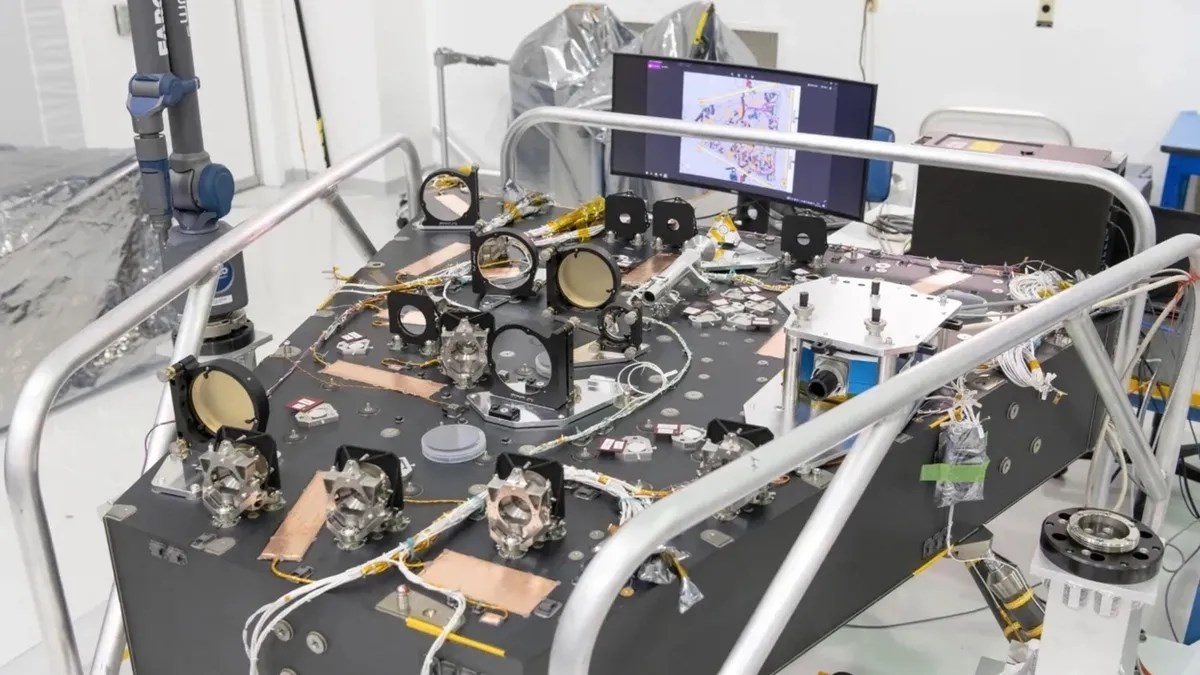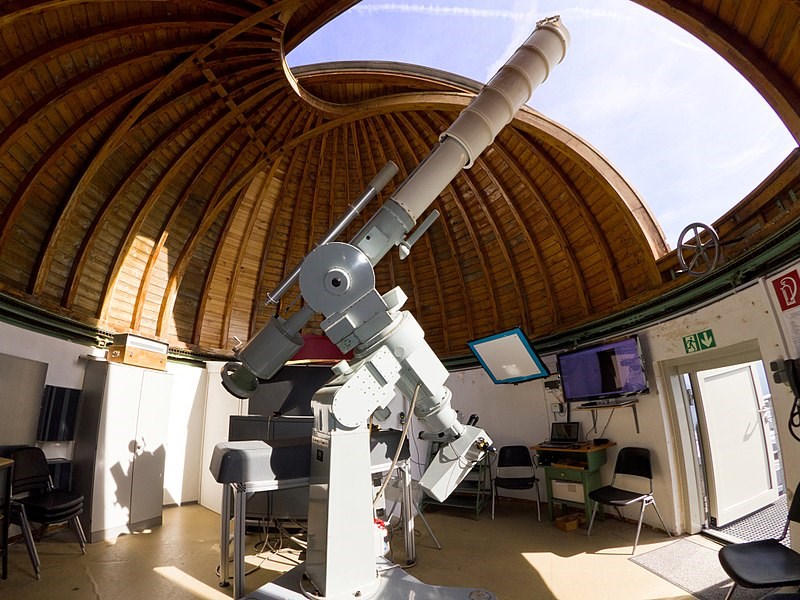 NASA says that deformable mirrors will be used in space telescopes in the future to better observe exoplanets. In this context, he is working on the Deformable Mirror Technology Project at Caltech’s Jet Propulsion Laboratory.
NASA says that deformable mirrors will be used in space telescopes in the future to better observe exoplanets. In this context, he is working on the Deformable Mirror Technology Project at Caltech’s Jet Propulsion Laboratory.The search for extraterrestrial life plays a central role in space exploration. In the future, the desire to discover habitable planets similar to our Earth will be the main focus.
Direct imaging techniques are essential to obtain information about the atmospheric conditions and geological features of Earth-like planets. However, observing these planets is much more difficult than thought.
Starlight makes it harder to detect exoplanets
One of these difficulties is that the glare from the star hosting the planet makes observation difficult. Because planets have light that is 10 billion times dimmer than their host stars. Therefore, it becomes very difficult to detect exoplanets.
Scientists use coronagraph devices to eliminate the light coming from the star. In this way, telescopes can detect the light reflected from the planet.
 NASA notes that a deformable mirror is an important component for the coronagraph because it can correct even the smallest imperfections in the telescope and eliminate any remaining light pollution. Misalignment between mirrors or an imbalance in the telescope’s optics can cause unwanted starlight leaks. Therefore, the sensitivity of the telescope’s optics is of great importance for detecting the faint light of exoplanets.
NASA notes that a deformable mirror is an important component for the coronagraph because it can correct even the smallest imperfections in the telescope and eliminate any remaining light pollution. Misalignment between mirrors or an imbalance in the telescope’s optics can cause unwanted starlight leaks. Therefore, the sensitivity of the telescope’s optics is of great importance for detecting the faint light of exoplanets.Precision is required at the size of a hydrogen atom
Detecting Earth-like planets using a coronagraph therefore requires the ability to control the optical quality of both the telescope and the instrument with exceptional precision, down to the picometer level, or about the size of a hydrogen atom.
Therefore, deformable mirrors are vital for the precision of space chronographs. These mirrors will be tested on an instrument of NASA’s Nancy Grace Roman Space Telescope, which is scheduled to launch in May 2027. The results obtained are of great importance for future habitable planet research.